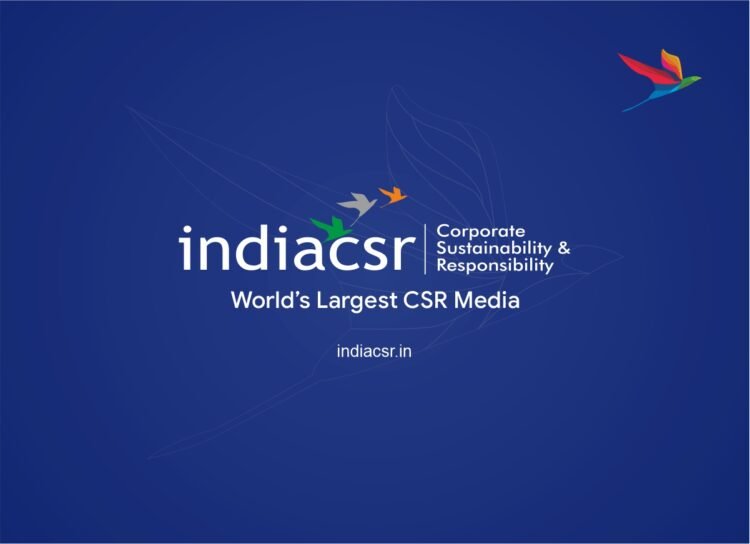By Sir Dr. Huz
The Union Budget 2018 has taken a giant step in making healthcare affordable and accessible by announcing the world’s largest healthcare scheme. The budget primarily focuses on health and benefits to villages which is a very essential and helpful move. If properly implemented with consistent monitoring, this will be an important step towards ‘Swasth Bharat’ objective.
Healthcare Infrastructure and Statistics
The health ministry statistics states that the doctor to patient ratio stands at 1:30,000, which is much below the WHO norm of 1:1000. According to the data recorded by the Ministry of Health and Family Welfare (MoHFW), India has 35416 government hospitals and 25387 Primary Healthcare centers (PHCs). There are a little over 196300 hospitals including government and private hospitals.
Challenges in Rural Healthcare
There is a situation that India is yet to address – According to the National Rural Health Mission (NHRM) Report, rural health centers are critically short of trained medical personal; 8% PHC’s don’t have doctor’s. 75% graduate doctors live in urban areas, serving only 28% of the population. 66% of rural Indians do not have access to critical medicine, 31% of the population travels more than 30 kms to seek healthcare in rural India.
Budgetary Concerns and Future Prospects
Swasth Bharat is therefore one of the main objectives of our honorable Prime Minister Narendra Modi for the coming years. In this year’s financial budget, however, there was inadequate focus on the healthcare sector. A higher budget would have been ideal considering the fact that the population of India is 1.341 billion, and is increasing every second of the hour, but a hospital or a PHC cannot be built at that pace. According to an UN report India has world’s largest youth population and inadequate healthcare facilities can weaken this population and eventually impact the overall growth of the country. Furthermore, over 60% population lives in rural India according to according to the World Bank collection of developmental indicators.
Shortage of Medical Professionals
According to the government’s Rural Health Statistics 2017, there is an 82% shortfall in total surgeons, obstetricians and gynecologists, physicians, and pediatricians across CHCs in India.
Importance of Infrastructure and Manpower
To acquire accessible healthcare, we need to have good infrastructure, and adequate man power. Critical attention needs to be given on the facilities. This will take tremendous amount of time and investments, to achieve the desirable transformation.
Role of Mobile Medical Units
Keeping in mind the needs of such a huge population, mobile medical units or healthcare vans can be a sustainable solution to many of the health issues faced. Firstly mobile medical units will have more acceptance than the primary healthcare centers because of its accessibility and affordability. Not only can it be used to drive awareness about sanitation and water consumption, mother and child care, immunization, anemia, de-worming, vector-borne diseases, hepatitis, typhoid, common cardiac problems, HIV, Diabetes TB etc. But also can provide primary diagnostic services like diagnosis of blood pressure, hemoglobin, oxygen saturation, malaria, dengue, hepatitis, typhoid, diabetes etc. Like PHCs it can be used in cases where specialty care is required. It can provide medicines, nutritional supplements, sanitary materials for girls, etc. and can also have all the elements and materials that a clinic or a primary healthcare centre has including a doctor and a nurse. The cost per patient will be approximately INR 120 which is less than National Rural Health Mission (NRHM) standard of Rs. 150 per patient. While everybody cannot have a medical insurance and everybody cannot pay from their pockets, mobile unit services can be an economically sustainable option.
Accessibility and Efficiency
People from rural areas will not have to travel long distances to consult a doctor, much of their time, money and energy will be saved, as long as the services provided are regular.
Towards a Healthier India
With Swasth Bharat mission, we need to achieve a healthy India and for that healthcare services should be easily available to all. Mobile medical units will need a maintenance cost which will be too less than that of a grounded clinic. A lot of energy will be saved, be it electrical energy or man power.
Conclusion
I believe, mobile healthcare vans are an economical option, and can serve the purpose of Swasth Bharat to a great extent. It can suffice the basic healthcare need, saving time, money and energy. Swasth Bharat also referred to as ‘Healthy India’ will be a progressing India.
About the author:
Sir Dr. Huz (Dr. Huzaifa Khorakiwala) is the CEO and Trustee at Wockhardt Foundation, a leading non-for-profit organization dedicatedly working on proving health care services to the poor at remote areas of the country.
You may also like:
- Sir Dr. Huz to give leadership talk at CG CSR Leadership Summit at Raipur on 6 Feb
- Sir Dr. Huz awarded Honoris Causa by Desh Bhagat University
- Sir Dr. Huz honored with Mumbai Heroes award at Humanity First Conclave
- Sir Dr. Huz conferred with National Gaurav Award 2018
- Sir Dr. Huz Honored with Global Ambassador of Peace Award*







